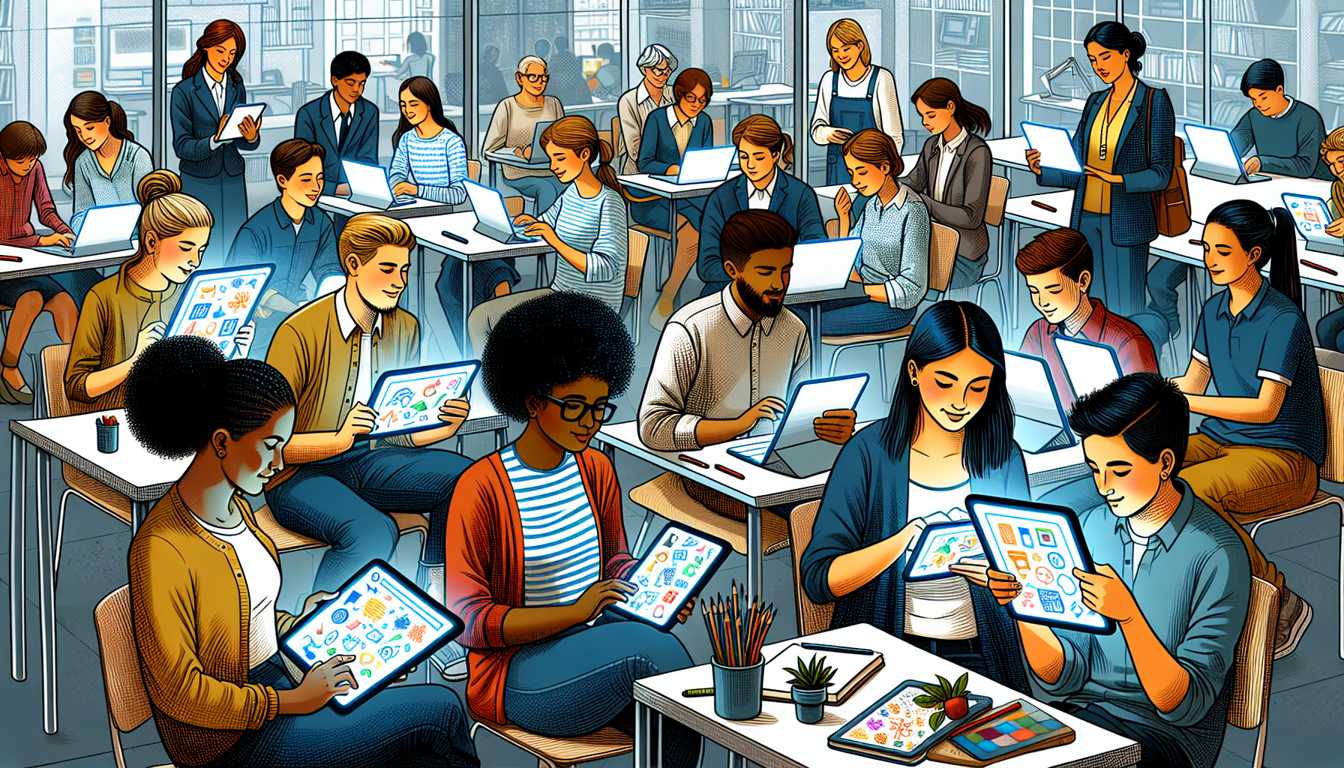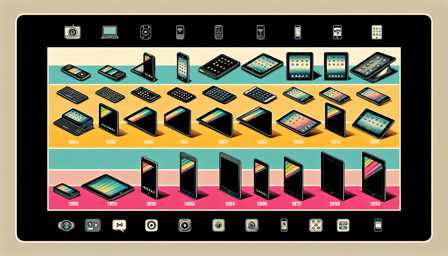
Tablets in Education: Changing the Face of Classroom Learning
The digital revolution has significantly altered the landscape of education, with tablets emerging as a pivotal technology reshaping classroom learning. Unlike traditional educational tools, tablets offer unparalleled flexibility, interactivity, and access to a wealth of resources. This article delves into the transformative role of tablets in educational settings, highlighting their benefits, challenges, and the specific products that are making a difference.
The Advent of Tablets in Education
Early Adoption and Growth
The introduction of tablets in education marked a significant shift from conventional teaching methods. Initially adopted by technologically advanced schools, their popularity soared due to their portability, user-friendly interfaces, and versatility. Brands like the Apple iPad, Samsung Galaxy Tab, and Microsoft Surface quickly became staples in classrooms, offering apps and features tailored to educational needs.
Tablets vs. Traditional Tools
Compared to textbooks and stationary computers, tablets offer a more engaging and interactive learning experience. Their lightweight design and intuitive touchscreens make them more accessible to students of various ages and abilities. Moreover, tablets provide instant access to updated information, unlike textbooks that may become outdated.
Educational Benefits of Tablets
Enhanced Learning Experience
Tablets transform learning from a passive to an interactive process. Educational apps, videos, and interactive books make learning more engaging, catering to different learning styles. For instance, Apple's iPad has a range of educational apps in its App Store, designed to make subjects like mathematics, science, and languages more interactive.
Accessibility and Inclusivity
Tablets are instrumental in creating inclusive educational environments. They are equipped with features such as text-to-speech, screen magnification, and voice recognition, which are essential for students with disabilities. Microsoft Surface, with its range of accessibility features, exemplifies this commitment to inclusivity.
Encouraging Collaboration and Creativity
With features like screen sharing and collaborative apps, tablets encourage teamwork and creativity among students. Google's range of educational tools on Android tablets facilitates group projects and peer-to-peer interaction, both inside and outside the classroom.
Challenges and Considerations
Managing Screen Time and Distraction
While tablets are beneficial, managing screen time and minimizing distractions are significant concerns. Educational institutions need to implement policies and use software to limit non-educational content and ensure tablets are used effectively for learning.
Budget and Technological Infrastructure
Implementing tablets in education requires considerable investment in devices, maintenance, and internet infrastructure. Schools must balance these costs with the potential educational benefits.
Teacher Training and Curriculum Integration
Successful integration of tablets in education demands adequate teacher training and curriculum adaptation. Teachers must be equipped with the skills to effectively incorporate tablets into their teaching methods.
Conclusion
Tablets are undeniably transforming classroom learning, making education more interactive, accessible, and tailored to individual needs. While challenges exist, the benefits of tablets in education are substantial. As technology continues to evolve, tablets will likely play an increasingly central role in shaping the educational landscape.



